Radioactive waste: Japan learns from Switzerland’s mistakes
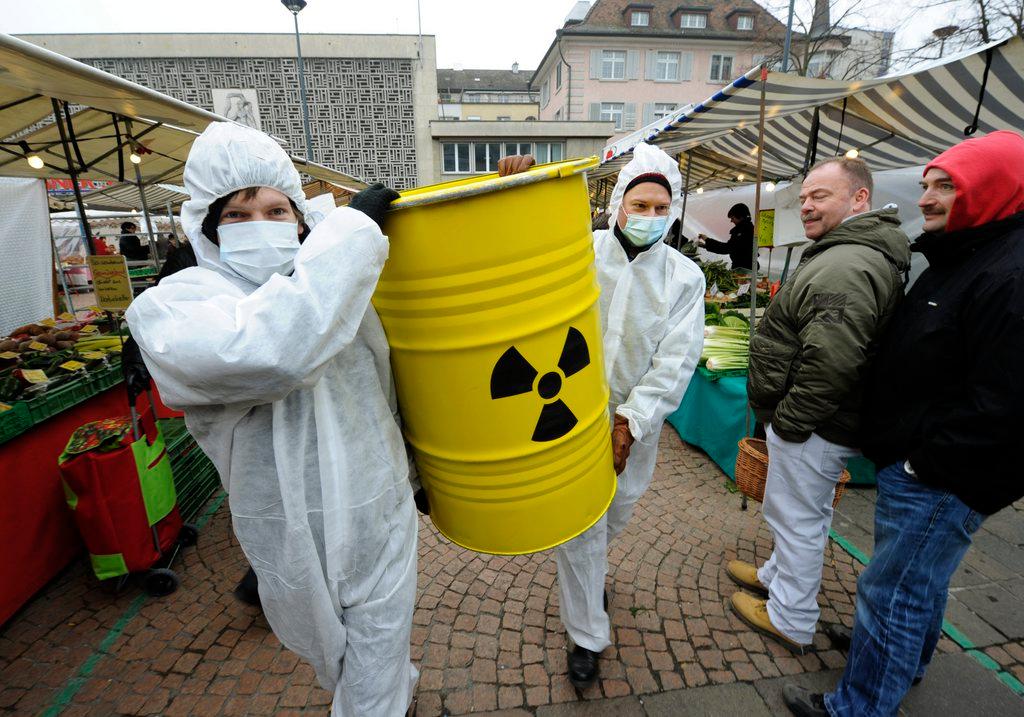
How and where should countries build safe permanent storage sites for highly radioactive nuclear waste? As Japan remembers the victims of the Fukushima power plant disaster, it is looking at the Swiss approach to the problem to figure out how to involve locals in the discussion.
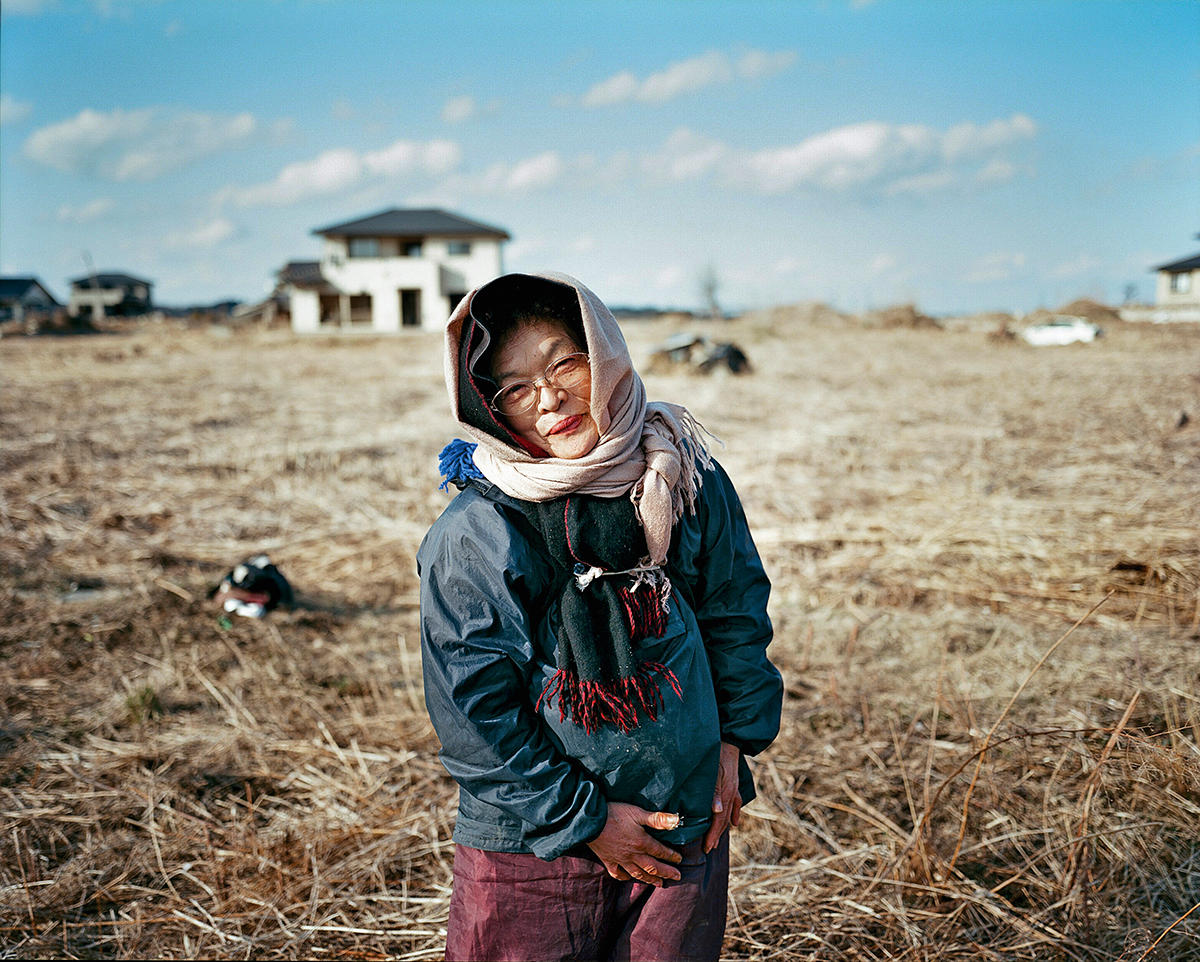
More
Life after the Fukushima disaster
Eight years have passed since that terrible March Friday when an earthquake and tsunami struck the east coast of Japan. The huge tidal wave crashed down on the atomic power station of Fukushima, knocking out its cooling system. The result was a three-reactor meltdown, which amounted to the most serious nuclear disaster in history along with Chernobyl.
The disaster of March 11, 2011 once again reminded the world of the risks associated with atomic energy. While study of the effects of Fukushima on people and the environment continues, another much older problem is as yet to be resolved. Where can the thousands of tons of radioactive waste produced every year around the world be stored?
For Pascale Jana Künzi, who chairs the Forum on Stakeholder ConfidenceExternal link (FSC) of the Nuclear Energy Agency, the answer is simple: underground.
“Currently, wastes are stored on the surface. This cannot be a long-term solution since we do not know what is going to happen in the centuries to come. In the last century we had two world wars. It will be safer if the wastes are stored at a deep geological level,” Künzi, an expert on disposal of radioactive waste with the Swiss federal energy department, told swissinfo.ch.
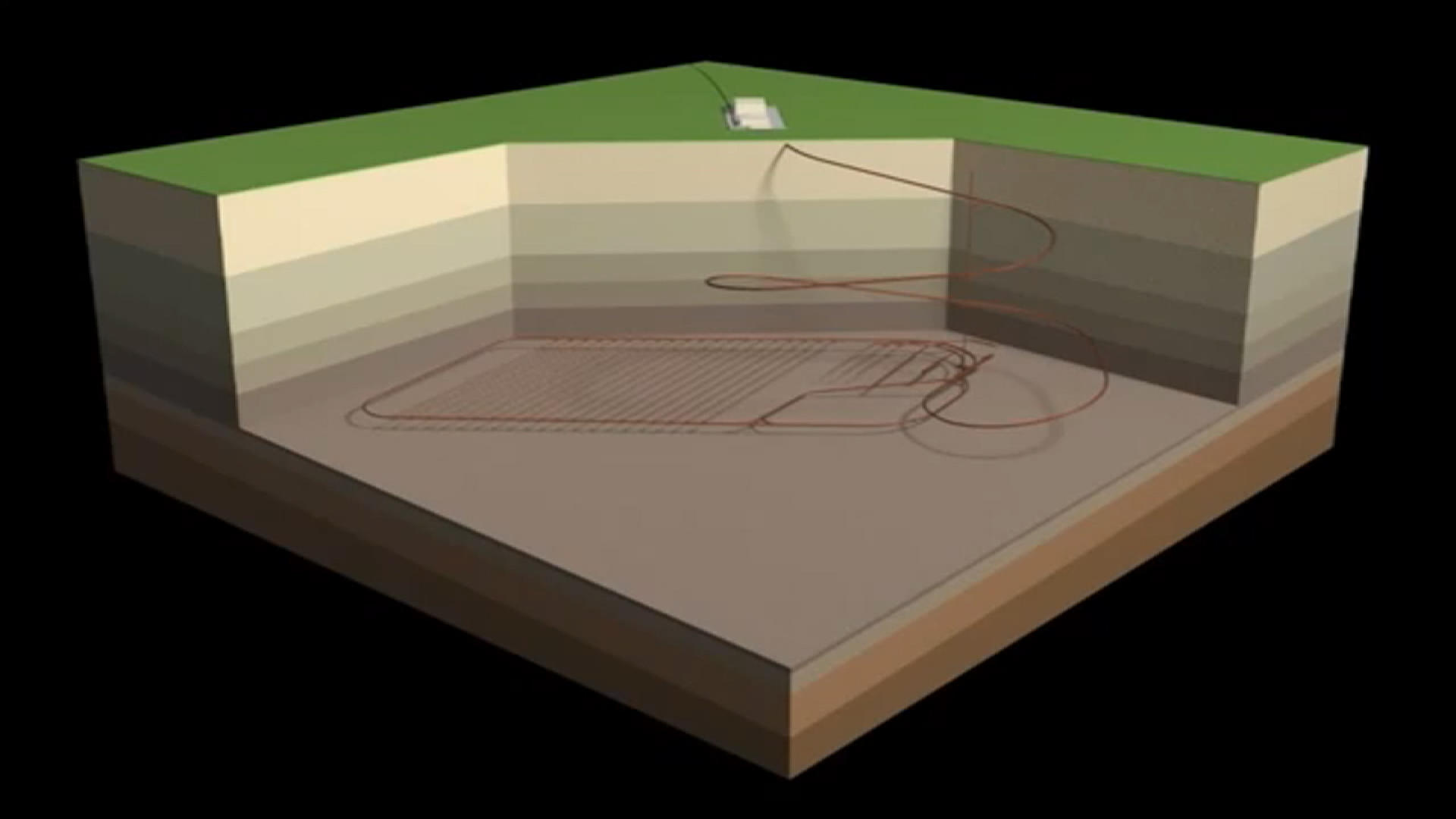
More
Stocking nuclear waste in layers of clay
Three sites to bury waste
In Switzerland, management of radioactive waste is the responsibility of the producer. On one hand, this means the nuclear power plants, which have built themselves an intermediate storage facility at Würelingen in canton Aargau. On the other hand, the federal government is responsible for disposal of waste coming from medical, industrial and research activities.
Starting in 2008 with the creation of the Sectoral Plan for Deep Geological RepositoriesExternal link, the selection of sites for permanent storage in Switzerland has recently entered its third and final phaseExternal link. Currently, there are three potential sites, all in the north of the country. In fact, the geological conditions in cantons Zurich, Aargau and Thurgau are considered ideal for safe permanent storage because there are strata of impermeable opalinus clay, 600 metres down.
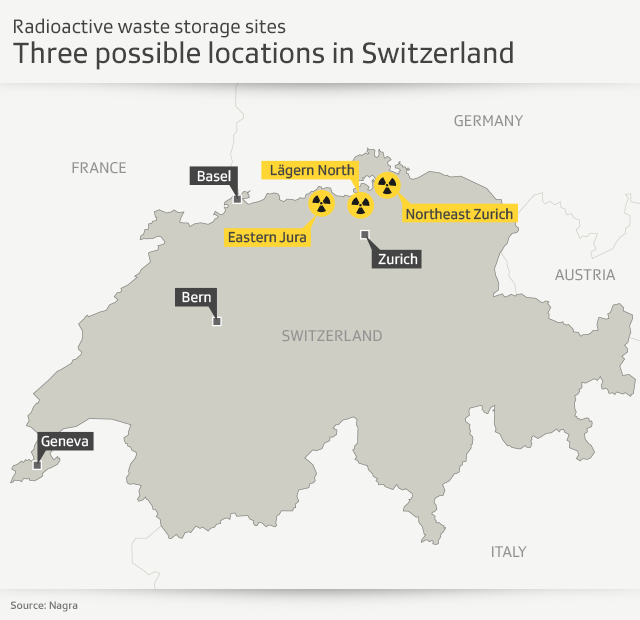
The site finally decided on by NagraExternal link, the National Cooperative for the Disposal of Radioactive Waste, needs to be approved by the Swiss government and parliament. Voters may get the last word, though, considering that the decision of the lawmakers – which involves amending the legislation on nuclear energy – will be subject to a referendum.
Involvement of the people in the selection process is what interests countries like Japan, which unlike Switzerland is only at the outset of the process.
Little trust in government
At the end of November 2018, Künzi was invited to Tokyo for a workshopExternal link with experts from eight countries including the United States, Britain and France.
“Japan wants to learn from the experience of other countries when it comes to getting the people involved. The issue of underground deposits is a tough one in every country. That is why an airing of views is crucial,” she says.
Unlike Switzerland, which is making its selection based solely on geological criteria, Japan has initiated a procedure whereby municipalities can volunteer themselves for more detailed study, based on a mapExternal link which identifies the most suitable regions. The problem is that, after the Fukushima disaster, public trust in government and institutions is at a low point.
“For that reason, the organisation responsible for managing nuclear waste (Numo) wants to generate interest in various approaches, trying in particular to reach the coming generation, for example with websites geared to children, and an info-busExternal link. This might be useful for Switzerland and other countries,” says Künzi.
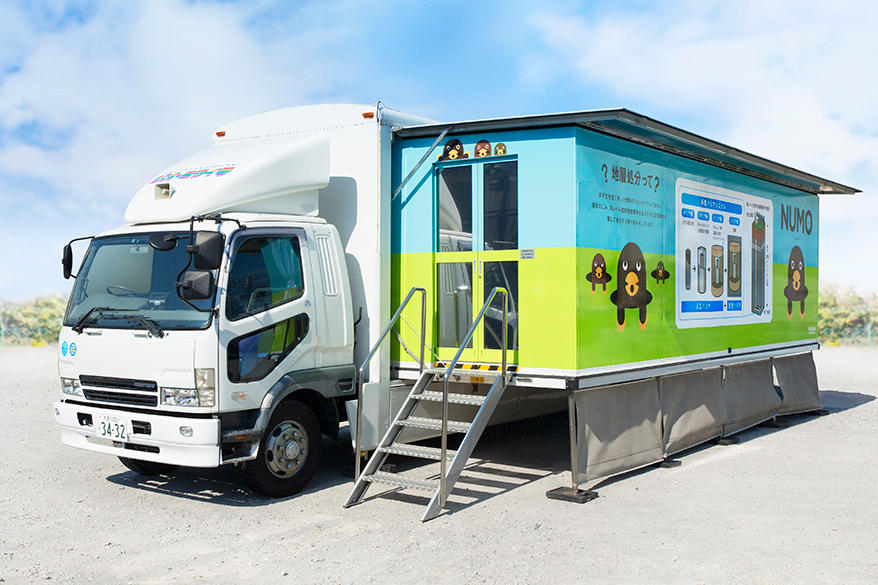
The Wellenberg fiasco
Speaking to Japanese colleagues, Künzi wanted to make them aware of the mistakes to be avoided, such as what happened in WellenbergExternal link. This region in mid-Switzerland became a focus of long-drawn-out controversy between the federal government, canton Nidwalden, and the local population, which voted more than once to oppose storage of radioactive waste in their territory.
“The Wellenberg case showed us that if a canton can exercise a veto, nothing will ever happen. No-one wants a storage site in their own region. Given that, the only veto on deep underground storage there is going to be now will be at the national level,” says Künzi.
Künzi says that Wellenberg’s lesson is that “maximum transparency” is needed when it comes to communication, decision-making and managing the process.
“We need to determine the phases clearly and who is in charge of the process. It is also crucial to involve the whole region, not just the communities immediately affected.”
Switzerland and Japan have very different cultural backgrounds, “but I think we have many points in common”, Yuta Hikichi of the Japanese Agency for Natural Resources and Energy told swissinfo.ch.
“We intend to create a forum for dialogue and hear opinions in the different regions, based on the Swiss approach. In the areas concerned by nuclear waste disposal, we are organising study sessions with invited experts, visits to nuclear facilities, and courses in schools and universities.”
The five atomic power stations in Switzerland produce about 70 tonnes of residue of exhausted nuclear fuel each year. Assuming a life cycle of 47 years for the Mühleberg site (due to be closed at the end of 2019) and 60 years for the other four, it all adds up to a total of 4,100 tonnes (9,400 cubic metres) of highly radioactive waste.
On top of this are another 63,000 cubic metres of weakly or partly radioactive waste (including waste from the dismantling of power stations) and 20,000 cubic metres of waste generated by the medical, industrial and research sectors. More than 100 Boeing 747 Jumbo jets would be needed to transport all this waste.
Source: Nagra
Citizen participation in regional conferences
In Switzerland, the people of a village or town can no longer block the construction of a storage facility at the ballot box, since the law changed to only allow such a vote at the federal level. So it’s all the more crucial that locals have a way to be integrated into the project, says Künzi. A first step in this direction has been the founding of regional conferencesExternal link at the potential storage sites selected by Nagra.
In these meetings, delegates from the local municipalities, representatives of organisations and ordinary citizens can ask questions and make requests – for example concerning the exact location of the surface of the storage facility, economic development in the region or safety issues, explains Hanspeter Lienhart, who chairs the regional conference for the “Lägern NorthExternal link” site involving 125 people.
“There are both supporters and opponents of nuclear energy there. Not all are in favour of a storage facility in the region, but this is not up for discussion. The people directly involved are aware that we need to find a safe solution for the waste we produce. For them the important thing is to talk about the consequences of a facility and to monitor the progress of the construction work,” says Lienhart.
The discussions are likely to go on for a long time. The federal government has stated that the storage facility for the most hazardous waste will not need to be in operation until 2060.
Translated from Italian by Terence MacNamee

In compliance with the JTI standards
More: SWI swissinfo.ch certified by the Journalism Trust Initiative

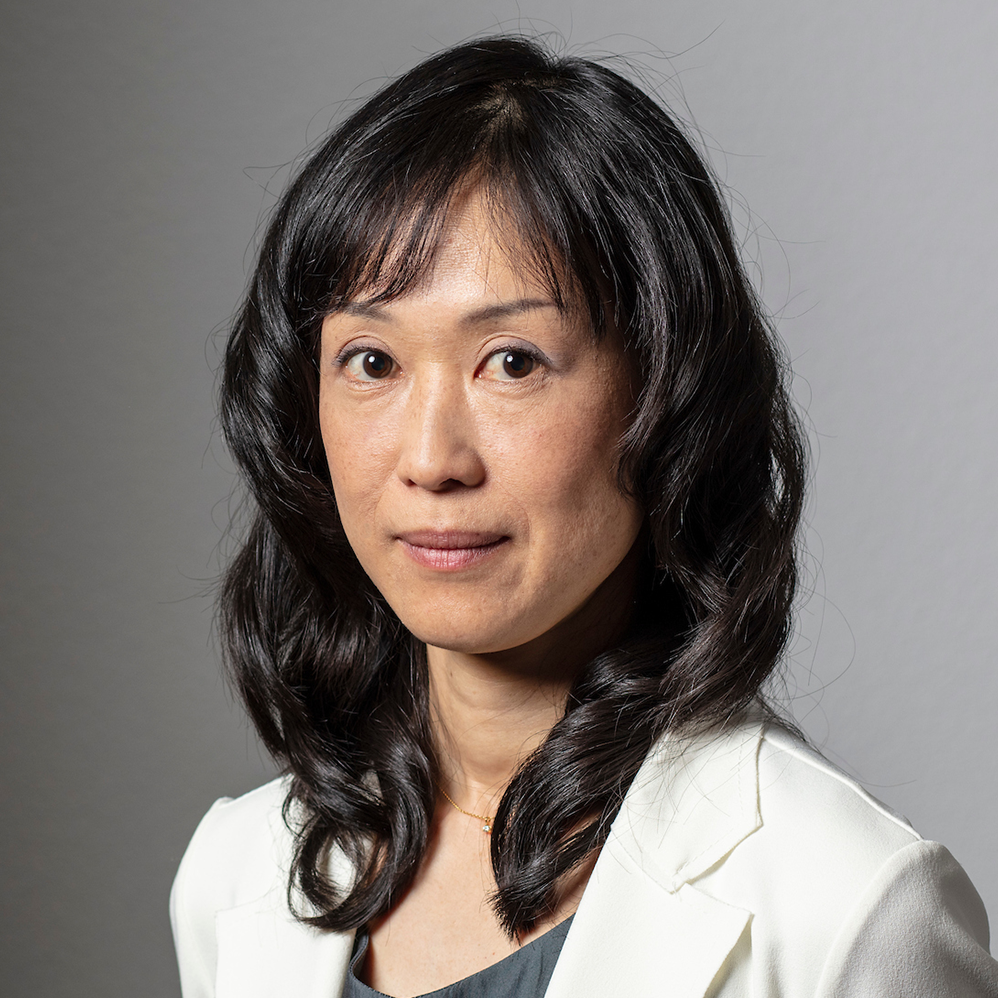










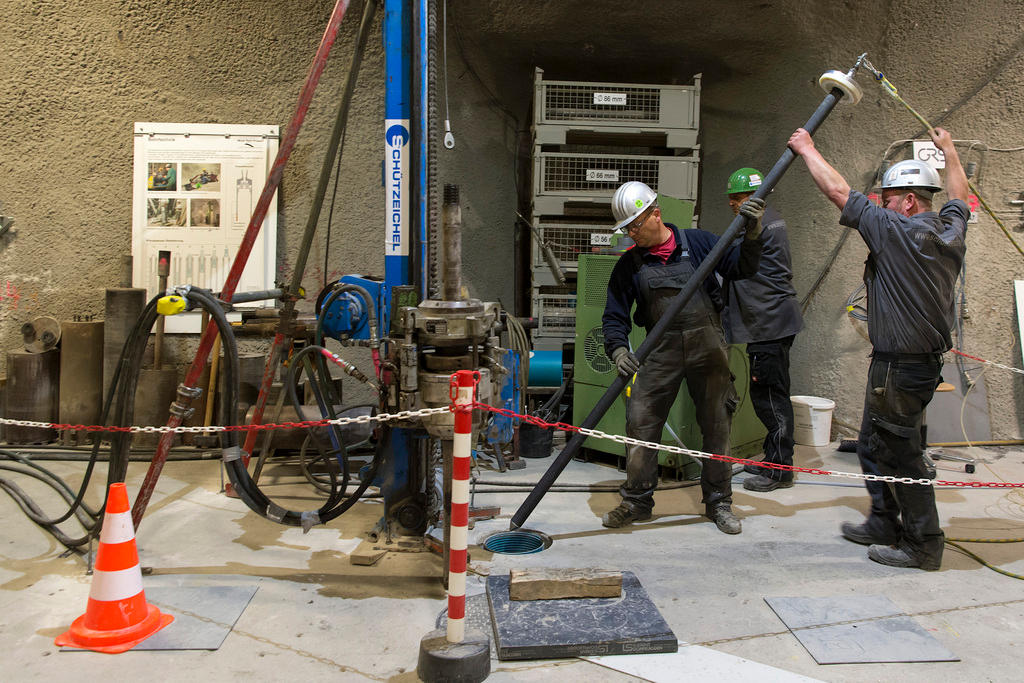


You can find an overview of ongoing debates with our journalists here . Please join us!
If you want to start a conversation about a topic raised in this article or want to report factual errors, email us at english@swissinfo.ch.